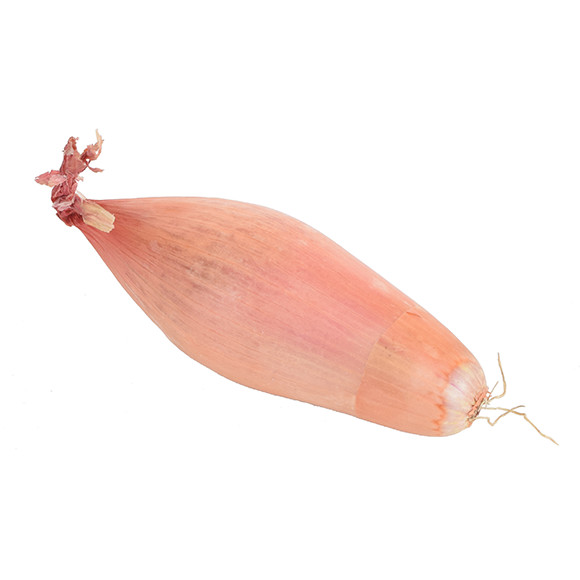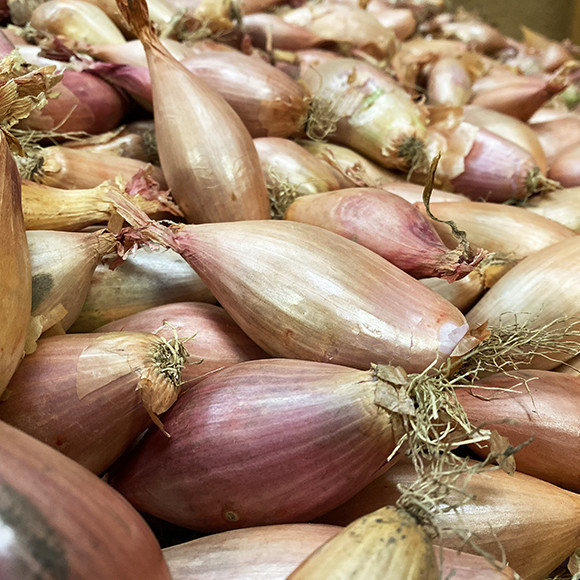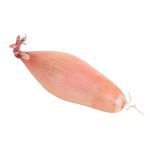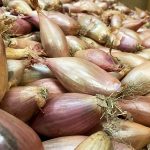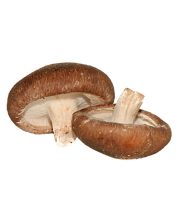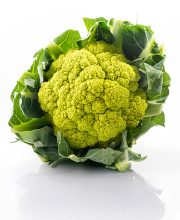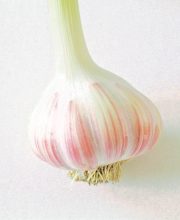Seasonality:
The echalion is a variety of onion that strongly resembles the shallot and is often confused with it.
How do you tell the difference between shallots and echalions?
The echalion has a longer shape than the shallot. Although the shallot has long and half-long varieties, they are never as long as the echalion. While both varieties have a coppery skin, when cut in two, shallots have two or three cloves (bulbs), whereas echalions have only one… Like onions.
The taste of the echalion is cross between the onion and the shallot. It is refined, sweet, fruity, but not very spicy. A large echalion will taste more like an onion. The Pouliquen Group favours the 20-40 and 30-50 sizes.
Cultivating the echalion
Unlike shallots, which are planted by hand, echalions are sown mechanically in February and March. They are uprooted in July and dried in the field for some time. Alliums are stored in Pouliquen Group warehouses, in bulk (palox crates) in cold or ventilated rooms, so that they can be marketed all year round.
The soil and climate of North Finistère are ideal for cultivating this vegetable and many other allium varieties.
Our producers
For this species, the Pouliquen Group works with about fifteen Prince de Bretagne producers who are members of the SICA agricultural cooperative (North Finistère). In addition to alliums, these producers grow other varieties of fresh vegetables that are also available in our catalogue.
Types of packing
The Pouliquen Group can meet all your needs.
Contact us to discuss your requirements.
Available sizes for the 2020-21 season: 20-40 / 30-50
|
Sales Unit |
Weight |
Unit / Box |
Box Size (cm) |
No. of boxes / pal 80×120 |
No. of boxes / pal 100×120 |
|---|---|---|---|---|---|
|
Net bag |
250 gr |
20*250 gr |
40×30 |
120 |
150 |
|
500 gr |
10*500 gr |
40×30 |
120 |
150 |
|
|
Sack |
5 kg stapled |
||||
| 5 kg sewn |

